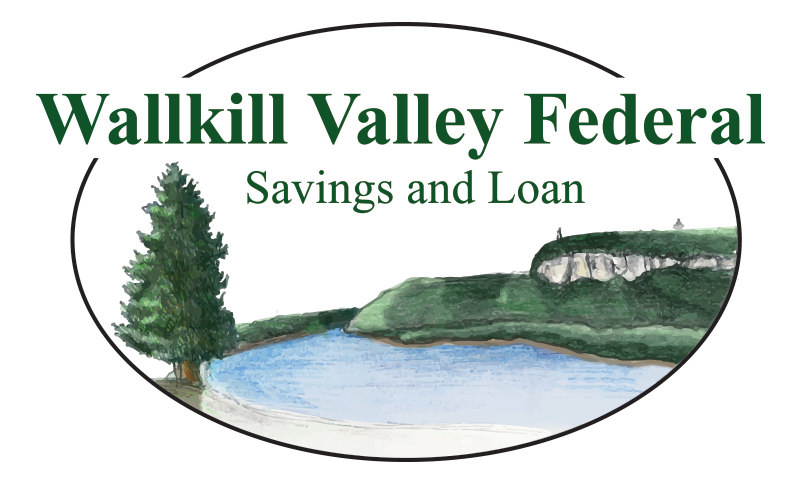Would you be surprised to know that one of the top resolutions of 2014 was to spend less money and save more?
Many people want to put aside a little extra cash for a rainy day but with the plethora of choices for types of accounts, it can be confusing to decide the best place to put your hard earned money. At Wallkill Valley Federal Savings & Loan, we are all about helping our community reach their financial goals so we thought we could help cut through the confusion and offer some simple definitions to help you find the right deposit account for your situation.
What are deposit accounts?
Deposit Accounts are the accounts that allow the account owner to deposit and withdrawal money into them. They include both checking and savings accounts. For the first couple of months of 2015, we want to focus on savings accounts but we thought our simplified guide should include all the major types of deposit accounts.
- Checking Accounts – Are deposit accounts that allow the consumer frequent access to the money they deposit. There are usually a variety of ways for the customer to access their cash including debt cards, checks and ATM machines with no penalty for withdrawal. Sometimes checking accounts will even gain interest albeit at a modest rate.
- Savings Accounts – A basic savings account is a deposit account that allows for your money to be fairly accessible. There are generally no hefty fees for withdrawing funds. They also gain interest; the amount varies greatly depending on guidelines provided by the banking institution.
- Money Market Accounts – These are deposit accounts that may require a higher balance to be maintained than your typical savings account. They pay interest that is usually slightly higher than a traditional savings account. You money is still fairly liquid, although rules vary based on the banking institution. They can offer convenient features such as: checks associated with the account or no notice required to make a withdrawal (however sometimes banks will place a limit on the amount you can withdraw in a given time frame.)
- CDs – A CD stands for a Certificate of Deposit. These are termed savings accounts that bring a higher yield than a traditional savings account. What that means is that when you open a CD, you will be putting the money away for a specified period of time, or term. You will not have easy access to your cash during that time frame and will face stiff penalties for early withdrawal. The benefit is that the rates are often much higher and tend to increase as the length of the term increases.
- IRAs – An IRA is an Individual Retirement Account. These are savings accounts that come with significant tax breaks. Your money grows in these types of accounts tax free. There are several different types of IRAs, each with their own set of rules which we will expand on in upcoming blogs.
There you have it, a very simplified explanation of the various types of Deposit Accounts. Over the next few weeks, we will begin to go a bit deeper into the various types of Savings Accounts and how they can help you reach your financial goals!
deposit-accounts.jpg



